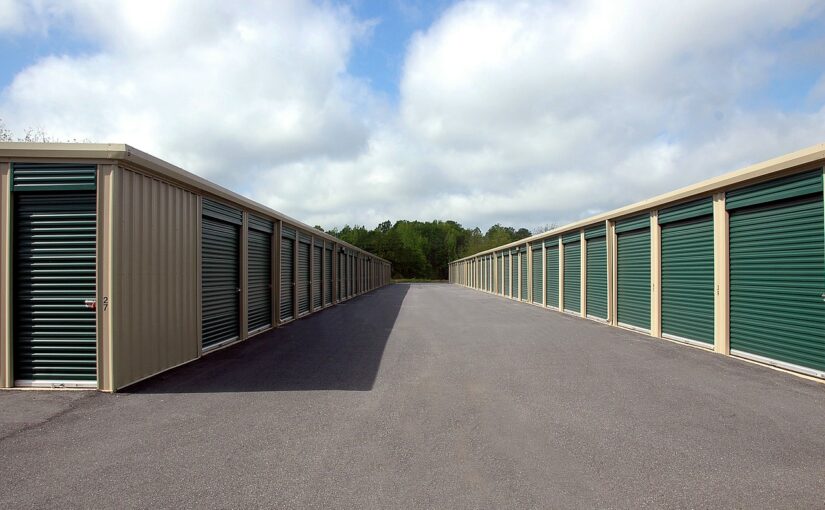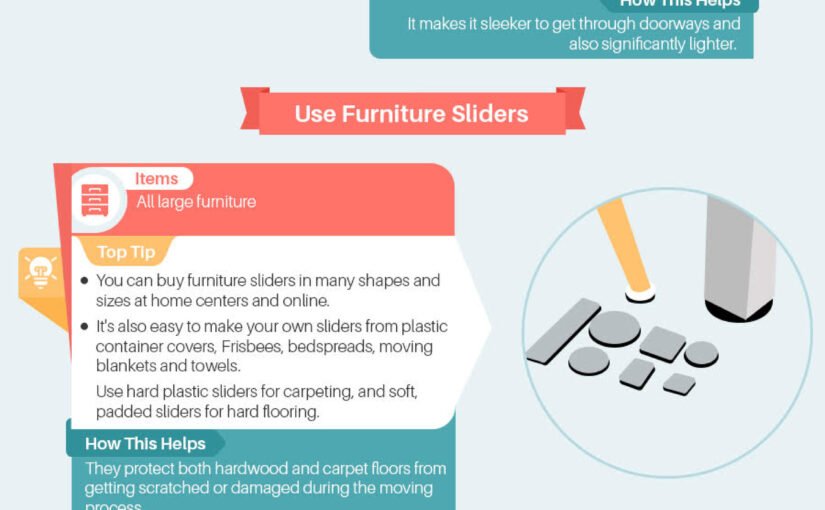
We all get excited when we hear words like design and renovation. It gets our heart-rate pumping at all the creative possibilities, the opportunity to indulge our ingenuity and perhaps do it ourselves. However, it all comes with careful planning, time, and effort, to avoid stress.
Home renovations begin with a firm idea of what you want to alter in your home. Whether you want to add a whole new section or a new coat of paint, if you plan on renovating every room, including the bathroom and kitchen, it needs proper planning. You need to define the color and décor themes for each room and identify any necessary structural changes or cabinet additions.
The scale of your project will determine three major issues. First, whether to hire a contractor or you can do it yourself with a little help from a few skilled craftsmen. Secondly, you need to decide whether to live in your house during the renovation process or find alternative accommodation. Finally, what is your budget, and how far can it extend? Here are some expert tips to peacefully get through the packing and planning phase.
Packing tips
1. Consider downsizing
Throw any junk lying around the house. Not only junk but also stuff that you don’t use anymore. You can donate to charity or give it to someone who can use it productively. Get rid of old clothes, worn-out shoes, unused cutlery, or faulty electronics. Downsizing can benefit in positive ways:
- Backyard sale; extra earning
- Help friends and families
- Lighter load
- Space for new things
2. Select a Storage Facility
Do your research and find secure storage facilities with a good reputation and easy access. If you live near New Palestine in Indiana, you can use the New Palestine self storage since they offer climate-controlled storage with round-the-clock security monitoring. Monitored self-storage facilities can give you the freedom to access your storage box at your convenience and yet ensure the security of your belongings. You will need facilities with a climate control system to keep your clothes, jewelry, furniture, and electronic items safe and sound. Do not forget to ask questions related to:
- Facilities pest control
- Any restrictions or timings that limit access to the facility
- Ask about their security system to keep units safe
- Also, ask for recommendations from people around you
3. Use bubble wraps and labels
Use bubble wrap to protect crockery, wall hangings, and fragile decorations, such as vases, lamps, and glass ornaments. Label each item to make it easier to unpack and transport the objects. You wouldn’t have to worry about opening the wrong boxes or looking through all the cartons to find what you’re looking for.
Planning Tips
4. Set Your Goal!
Many people directly jump into buying supplies and searching for contractors when they are unsure what kind of changes they are looking for. Instead of worrying, you need to sort out a few questions like:
- Why are you renovating your home?
- Is it a temporary change or long-term?
- What changes are essential, and what changes are a luxury?
- Are you allowed to make the planned changes as per your area regulations?
Finding answers to these questions will automatically help you set your renovation goals accurately.
5. Stay within your budget.
Setting up a budget is not the most important task but sticking to it is. People often go over their budget whenever they go to the store and see new things that appeal to them. Even if we hire a contractor, fresh and expensive ideas can be tempting. The following two suggestions may be useful:
- Search and visit the market before setting up your budget.
- Always give your contractor an amount of 25% less than your final budget. If you are thinking of adding more sparkle to the project, you will be at peace knowing that you have enough backup.
6. Consider Your Situation
Home remodeling is not the same as organizing your closet; it is considerably more time-consuming and disrupts your life for a few weeks or months. It refers to a wide range of situations and scenarios. If you have children, you must consider your work schedule and your children’s school calendars for study and extra-curricular activities.
Of course, don’t forget about the weather. Good weather is essential for completing all construction projects on schedule. It will be difficult to organize any outdoor renovations during the rainy season or in winter when it starts to snow. The holidays are great for planning and organizing reconstructions, upgrades, and facelifts. Special occasions are another good time to schedule such work, as long as you can find willing contractors and craftsmen. If special occasions are a busy time for you, find some other time because nobody wants a thousand things going on simultaneously.
7. Acquire Permits
Many homeowners overlook getting the necessary building permits in a bid to start the renovation process as early as possible. Acquiring permits is a vital step to ensure there are no objections raised against your projected changes at any time by local code inspectors. The main things inspectors must assess are whether the reconstruction follows the structural and fire safety regulations. Code inspectors can ask you to pull down any unauthorized construction or additions that don’t conform to local building codes.
After you’ve spoken to your contractor or artisans, you will know what steps are involved in your renovation project. Accordingly, you should apply for permits for alterations featuring windows installations, plumbing, and electrical and structural changes, like if you are installing a new water heater or adding a shed or a garage. You will need a permit for any demolitions and walls you are planning to knock down or build, even if you transform your garage into a work-from-home space or add an underground sprinkler system. What kind of a permit? You can approach a local office to find out.
If you don’t want to be disturbed during the property renovation, you should get a permit first. Applying for permits after you’ve started work or completed the renovation is a costly issue. It is better to seek approval during your projected home renovation’s packing and planning stage.
8. Clean-Up & Seek help
After weeks or months of overwhelming routine, assembling everything can be far more exhausting than disassembling. Most of the time, people do not ask for help to save money. Now that you’ve already spent a lot of money, it’s time to hire someone to clean up after the renovations. After cleaning up, you can enlist the support of your friends and family to help you put everything back in its place.
Winding up!
The renovation process is unquestionably difficult and aggravating. However, it can flow more smoothly by following these recommendations and guidelines. The packing and planning phase is when you start collecting new ideas for your home’s aesthetic look. Once you’ve chosen the look and feel that appeals to you, you can start talking to contractors while you pack away your possessions and get busy acquiring the necessary construction permits.









